
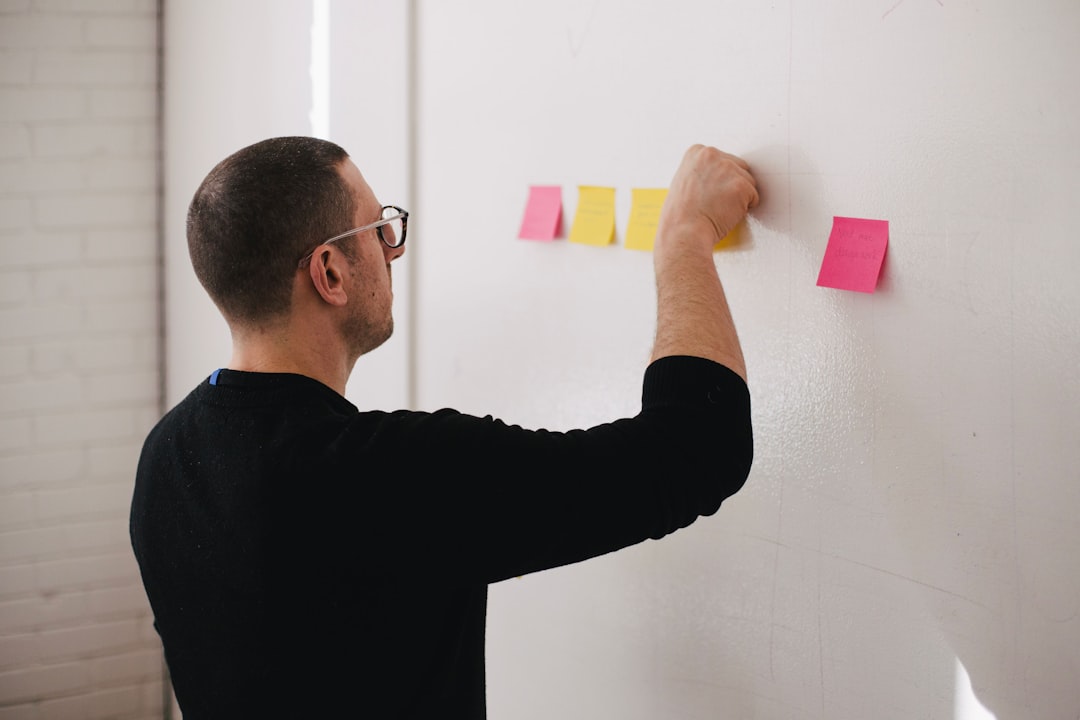
Jump straight to the UX Design methods
The Backstory
Over the course of my career I’ve had to expand my skill-sets overtime. In order to fit the various roles that I’ve had. During the milk moustache junior designer days. When I came into the design industry purely as a craftsman and focused mainly on the visuals. In those days great aesthetic and flashy designs were enough to be considered great work. However as I gained more experience, the requirements of my job changed. I had to deep dive into usability, UX design, leadership, business viability, marketing and a host of other complementary skills. In the span of over a decade. You never really stop learning in this industry.
My love for the craft however never died, I still wanted everything to be beautiful, to still be hands on and to make stuff. But I realised there had to be more to the work we created. To be exceptional the work we created needed to have impact for business viability, behavioural/social change and to deliver value. The work needed to put people/users at the center of our decisions. To be more human-centric in our approach. To deliver on an outcome, a story, a feeling, a journey that could make a difference however small or large it was.
What great designers do
The best designers I believe are the ones that are capable of thinking and executing across the spectrum of the design process. To look at things from a macro level – How does this product fit into a businesses product offering, brand and overall bottom line? And how does this product fit into the lives of the users and customers we are servicing? To also having the ability and the chops to execute on this information – implemented through sketches, wires, prototypes, visual design, testing, iterating, collaborating and launching. To get that balance of researcher, thinker vs craftsman and visual designer.
Simplifying UX design
Today I hope to help you with the research and thinker side, and share with you simple frameworks that I use. Please excuse the wanky terminology that our industry has standardised as UX and Agile. The terms don’t matter too much. So I’ll simplify it and codify what it means to me – Remember you are designing things for real people. If you are designing a website or an app there are real people on the other end that are going to use it.
Whether they are at home on their laptop wearing their pyjamas. At work on their computer browsing on their lunch break. Or on the bus and browsing it on their phone as they commute to work. These aren’t mysterious “users”, they’re just people going about their days and your work happens to interact with a small slice of time in their lives. (Or an integral part of their lives) You can frustrate them, delight them or you can be wonderfully invisible in the work that you create.
Incorporate the thoughts and needs of users
The better you incorporate the thoughts and needs of these end users in your process the hope is that you will deliver a better product. Great work and a ton of processes is not a guarantee. Only when you get it into the hands of real people and the overall market can we see if something is working. And then you iterate and improve from there. Is engagement going up? Are we getting more traction? Is the business bottom line improving? Are people happier? Are we doing what we set out to do? Being user-centric is beneficial from a business standpoint as well, so it is not just hocus pocus “users” are awesome type stuff. There is business viability in the mix. By creating great experiences we are building loyalty, connection and evangelists through the work we are creating. This contributes to the bottom line and overall brand equity.
So how should you approach your work when you are staring at documents, a brief, your blank figma canvas. What should you think about? Well try to understand - what people's motivations are, what drives them, what do they need to do, how do they feel across the overall journey? Who are they exactly? How can you codify this and give meaning to this?
Below are some great articles and resources that can help you uncover some of these insights. These are the very methods I use in my own work. Some of it seems so over the top ← I used to think so and still do from time to time. I think the key is to understand the principles that can aid you in effectively improving/bringing a product/design to market. The results of your work don’t lie. Having thick documents doesn’t mean you’ll create a successful product. It’s about creating that balance of research and rapid execution.
User Research
You can conduct interviews, surveys and look at analytics to get a clearer snapshot of who your end users are. What they want to achieve and what they do. To get started start integrating user feedback and user research into your design process. Below is the resource I recommend to get started.
Personas
This is where we give meaning to the research we’ve conducted. To create realistic representations of our users, their goals/characteristics and the outcomes that they want. Ad agencies go ham on these. I prefer simple templates as reminders that hey this is who you are trying to service. (I like the one Roman Pichler uses) My persona templates vary on complexity depending on the project. Remember not every project is the same - so think contextually about if you need personas at all and how much complexity you need.
Storyboards
When designing beyond the wireframes, technology, visual design and coded site or app. Storyboards are a great visualisation tool to see how a product can integrate into someone's life. And what the overall customer/user journey will look like. Airbnb did this effectively with some of their early day product designs.
User stories
User stories are essentially a way of thinking about functionality of a page/site/app from the point of view of a user. What do users want to do? And from there we can design the functionality required to achieve the task that they need to perform. As opposed to saying newsletter signup form. You pen it from the perspective of the user. “John (persona) would like to receive updates via email, so he can get the latest content from XYZ ”.
The benefit of this is things become user-centric and not technology or internally focused. User epics are extensions of user stories. I like to think of it as a larger user flow. So user stories are individual features that can be implemented, user epics are a series of user stories that need to occur in order to reach a certain outcome.
Example of a User Epic
A user epic might be “John(persona) wants to be able buy a pair of indigo, skinny fit jeans, in size 32 and wants them delivered to his office because he’s not home during the weekdays.” You can see how a series of features will need to be implemented to achieve this.
Design Sprints
Design sprints are a defined time period 4-5 days/ a week, where we can implement user stories, prototypes and testing to answer or get feedback on a business problem, a user benefit/feature/problem and seeing how users take to our solution and hypothesis. It has the principles of design thinking with a clearer execution roadmap.
Once you get your head around this stuff, try to start implementing some of it. All these methods are extremely simple, our work as designers is not that complicated despite all these epic terms haha. So start improving the UX design side of your work.
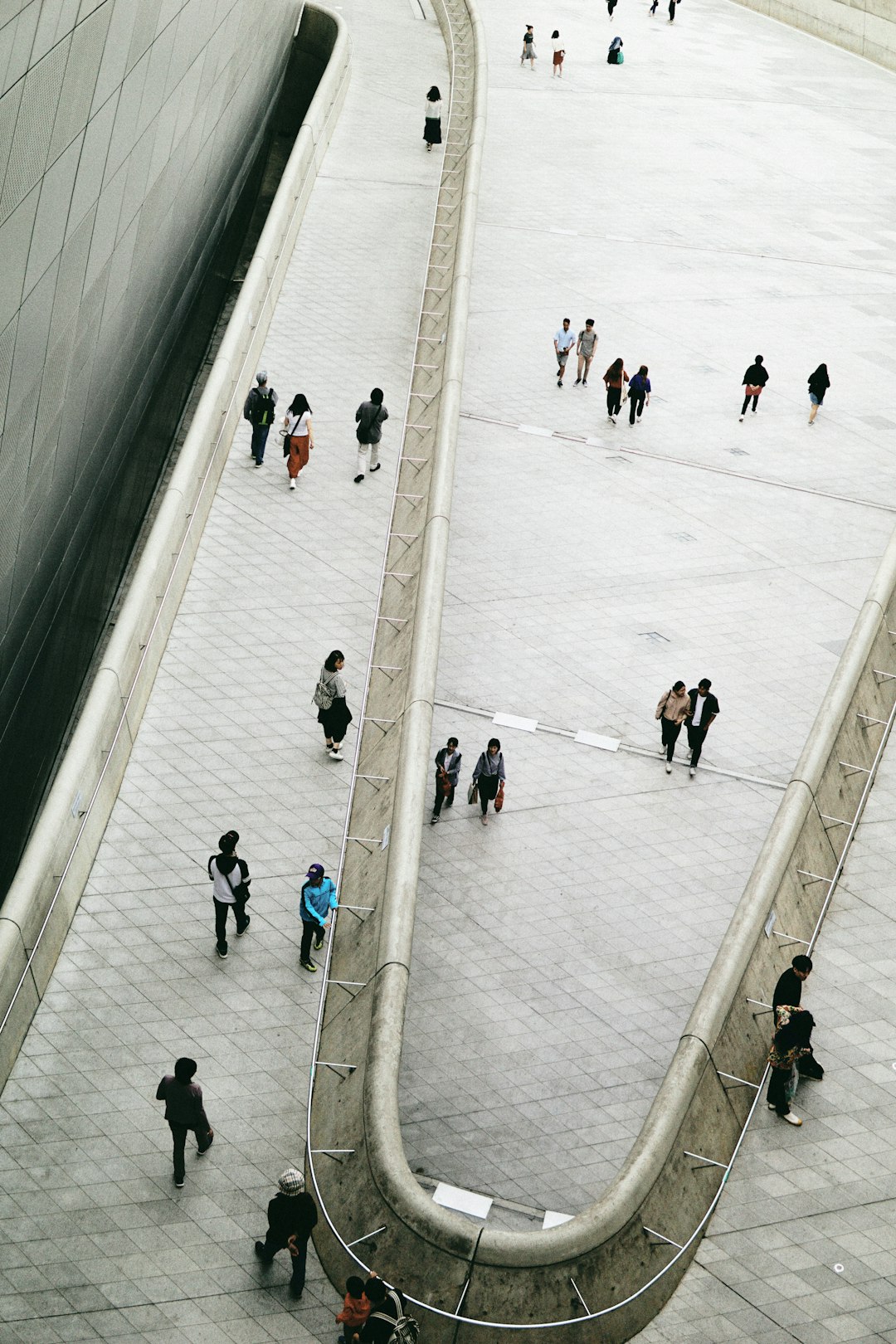
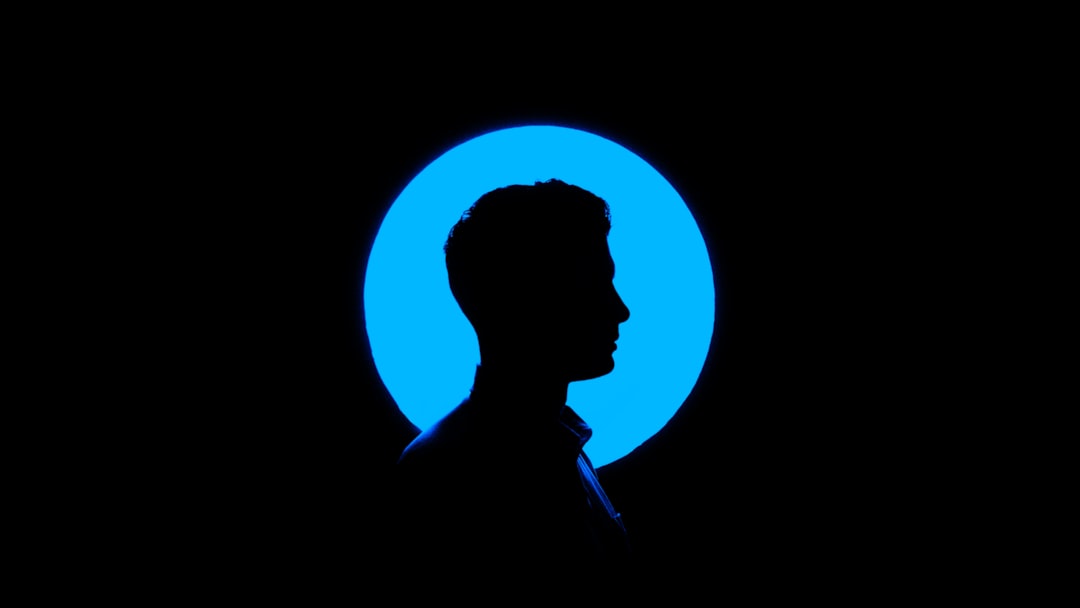




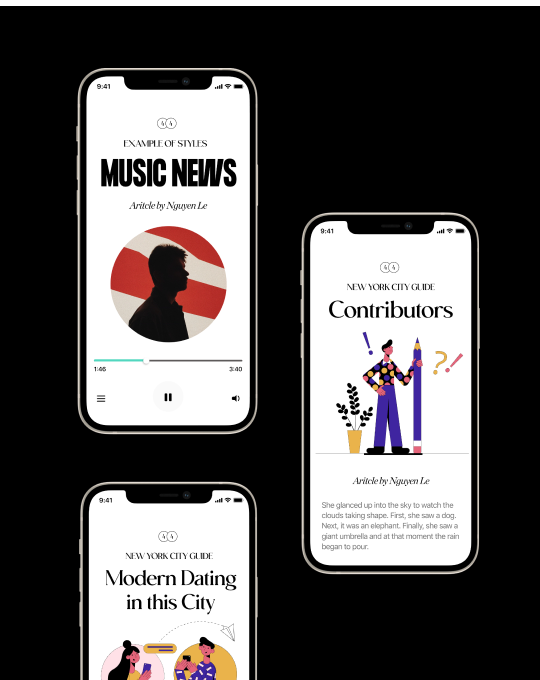


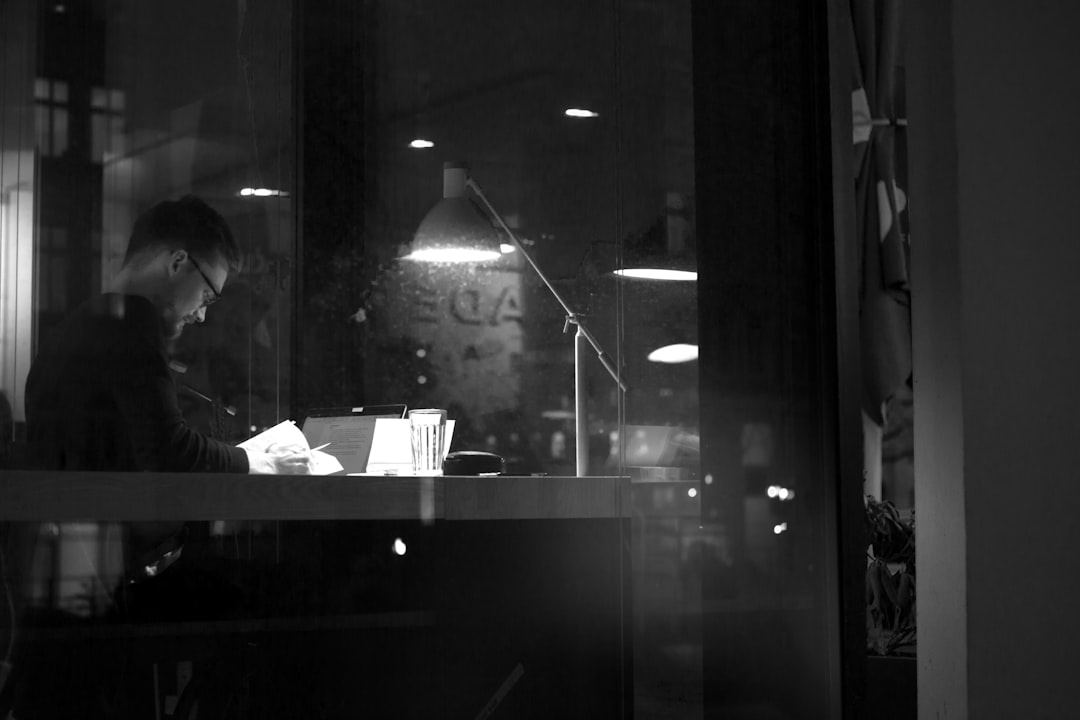



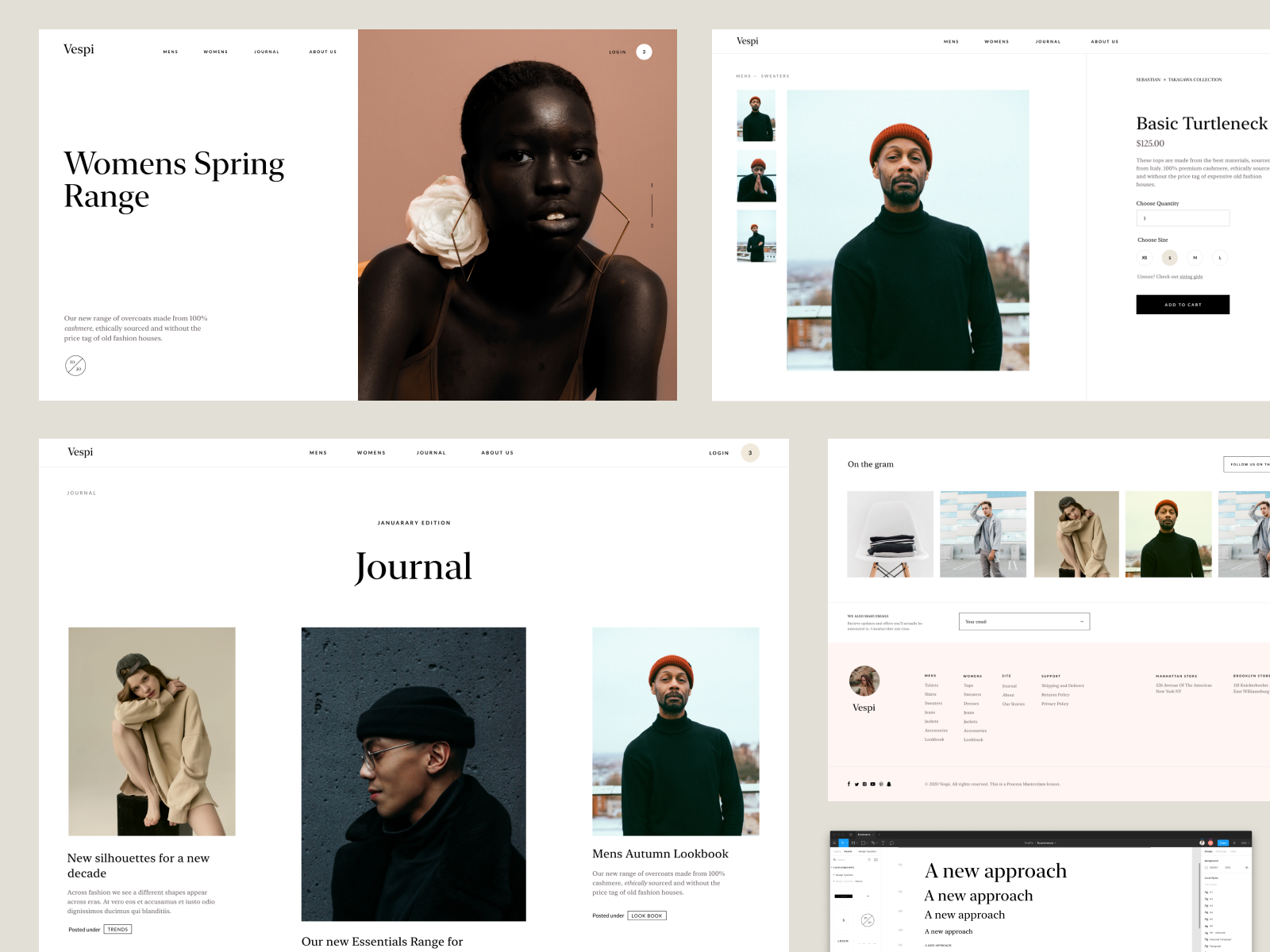

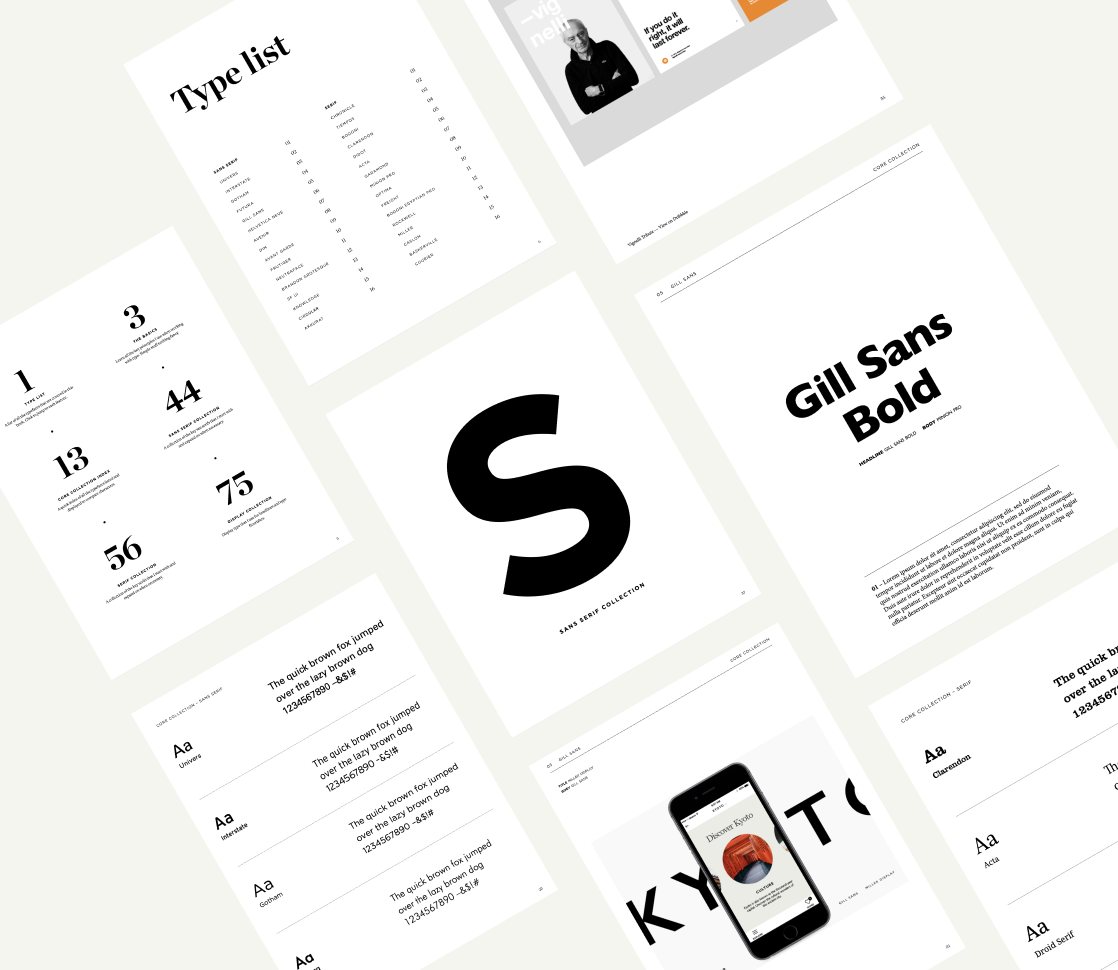
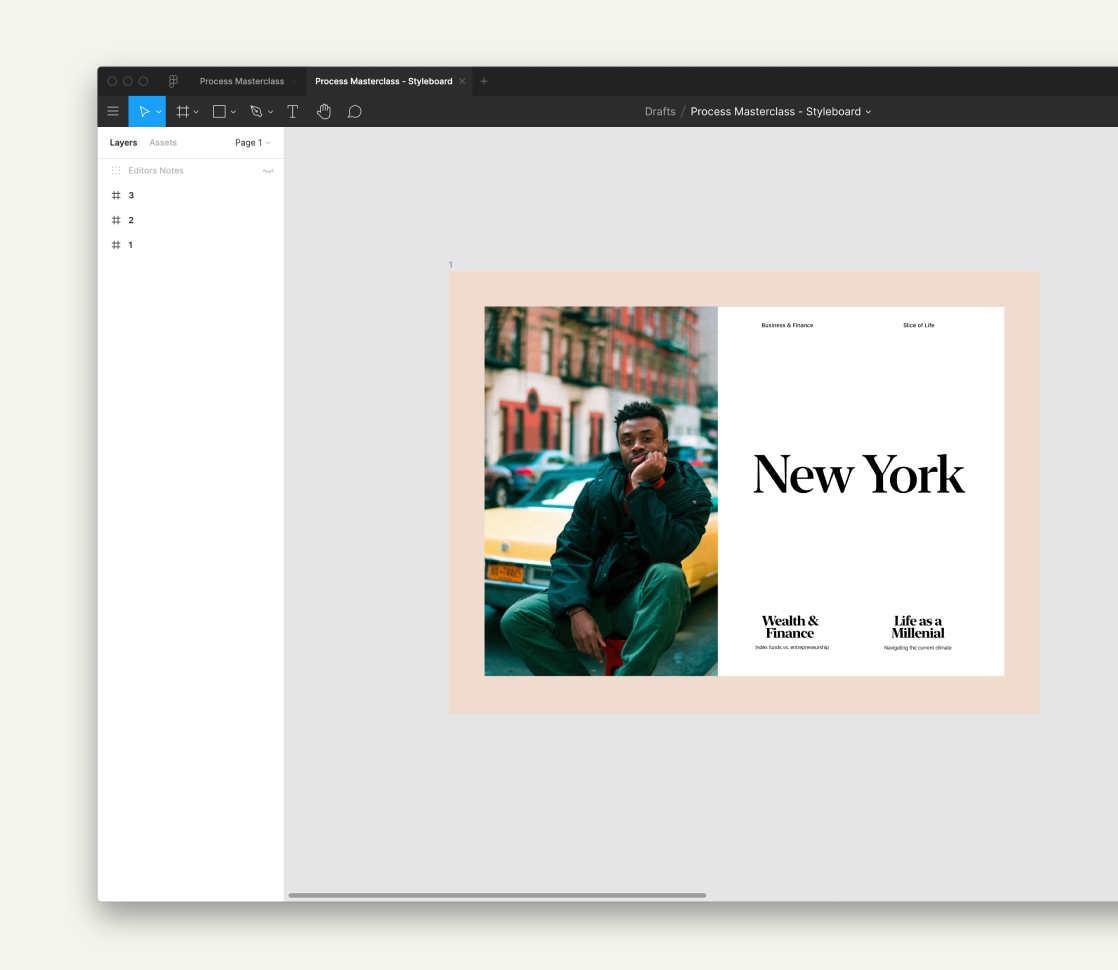
No Comments.